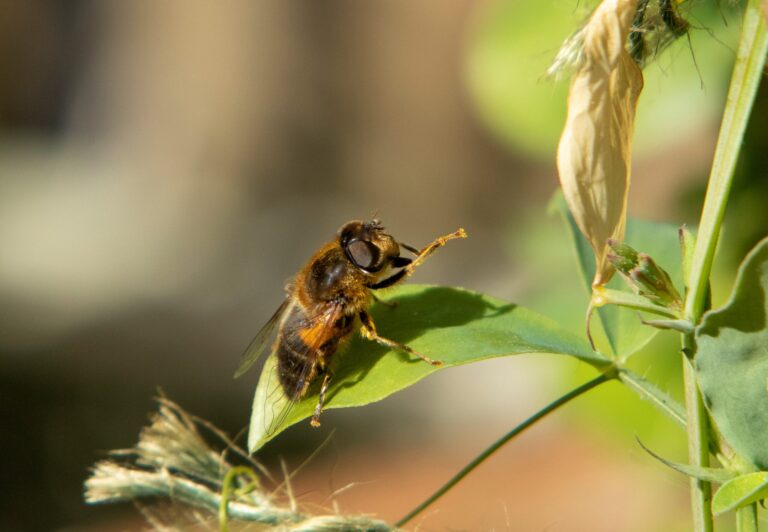For local naturalist, Vivien Kent, Lockdown has meant time to study and appreciate the smaller residents of her garden.
Throughout this strange and worrying time I have considered myself to be extremely lucky in that I live within a ten-minute walk of open countryside and can easily get out to woodland, meadows, heathland and the fells to exercise, but more importantly to immerse myself in nature. Even in ‘normal’ times, this is of great importance to my wellbeing but, as many others have also discovered, for me it has become a refuge, a solace and a vital part of living through this crisis.
However, I cannot walk all day and so my attention has turned to delving deeper into the microfauna that inhabits my small ‘yarden’. I have always been interested in the wildlife that visits – and I actively garden with it in mind. I don’t use chemicals, I have a log pile, a hedgehog house (which is regularly occupied), bird feeders, lots of nectar-rich flowers and a small container pond. But investigating the tiny things has become a new passion. Hoverflies, spiders, beetles, moths and anything else that might normally pass unnoticed have suddenly assumed major significance.

By a stroke of good fortune, I had registered to take part in the Garden Moth Scheme this year and had been lent a moth trap. Plus, the extraordinarily fine and dry spring we have had has made prowling around the garden with a macro lens attached to my camera possible on many more days than usual. I have also created a hoverfly lagoon to encourage them to breed in my garden.
The number of different, but similar-looking, species of hoverfly and moth has been a bit daunting but one of the fantastic things about social media is that there are now so many places to go to for help with identification. There are different Facebook groups that will help identify hoverflies, moths, dragonflies and damselflies, spiders, other invertebrates etc etc. Each one is run and administered by experts in the field so you will usually get help, not only in identification but in what to look for in order to identify. My recording rate has gone up enormously as a result and I am also recording many more species and genera than in the past.

While this has been an extraordinarily difficult and traumatic time for many, I am grateful for my little yarden and for the incredible array of creatures, large and small, that I share it with.
By Vivien Kent, County Durham
 About the author
About the author
Vivien is a wildlife/conservation biologist based in County Durham. She worked and conducted research in Botswana and South Africa for several years and on her return to the UK, worked for Durham Wildlife Trust and the North Pennines AONB Partnership. She is now semi-retired but is a Trustee of Durham Wildlife Trust and still runs the annual North East Spring Otter Survey as well as delivering talks and training on mammals in general and otters in particular. Shortly before this crisis hit she became an Ambassador for the BTO Garden Birdwatch Scheme and looks forward to delivering talks and presentations on that once something approaching normality returns.